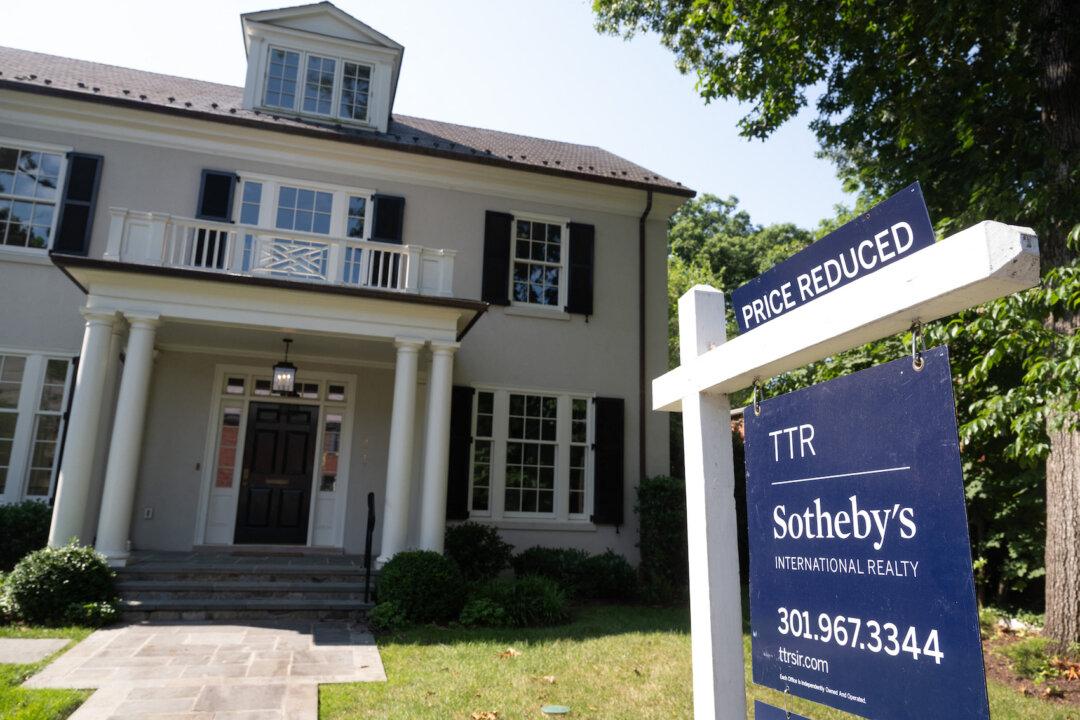A new housing industry report shows that home affordability is plumbing staggering new lows, with the qualifying annual income for a median-priced home more than doubling from where it was in 2020 to a whopping $107,000.
The stark figure was revealed in the Monthly Housing Affordability Index, released on Oct. 25 by the National Association of Realtors (NAR).





